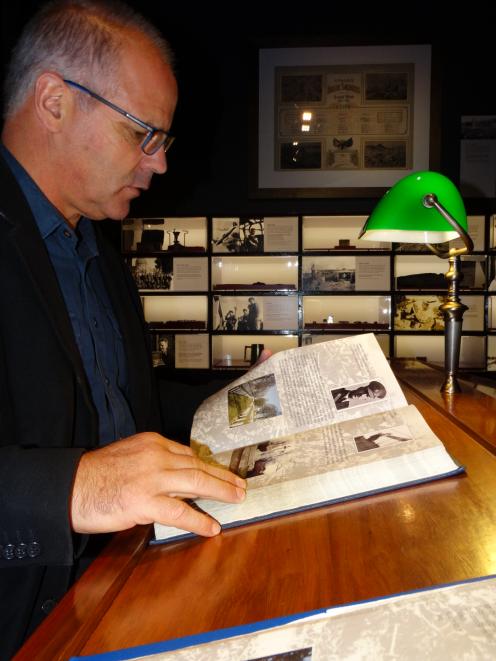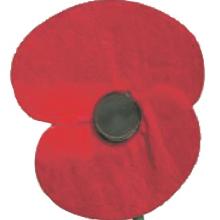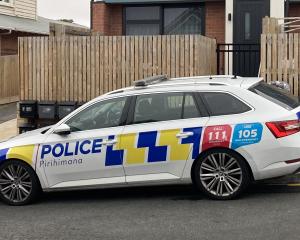
Toitu curator Sean Brosnahan and his team have updated the military displays to tell the story of 1918 from the point of view of the men from Otago who fought there - on the ground and in the air.
The year was "actually quite a dramatic year, as it started with a massive German offensive that the Otagos were involved in halting'', Mr Brosnahan said.
After steadying the line at the Somme, the Otagos were involved in what was first a slow advance and then became a sudden push forward leading up to November's Armistice Day.
For the first time, one of the display bays will be dedicated to the air war, a desperate and dangerous fight in flimsy low-flying aircraft, focusing on Ronald Bannerman.

The grandson of one of Dunedin's founding fathers, Thomas Burns, Mr Bannerman was a solicitor in Gore and became an air ace. He survived World War 1 and returned to active service in World War 2.
Another display focuses on Dick Travis, a pioneer who regularly traversed no-man's land with his scouts. He was killed on the Somme in 1918 and received the VC posthumously.
Since 2014, Toitu has taken a leading role in the WW100 national programme of commemoration.
More than 2000 Dunedin people lost their lives in WW1, from a city population that was not much more than 69,000 in 1914.
Dunedin was also the centre of a huge effort in support of its soldiers, mainly led by the Otago Women's Patriotic Association, which was based at the Early Settlers Hall - now part of Toitu.
BRENDA.HARWOOD @thestar.co.nz











